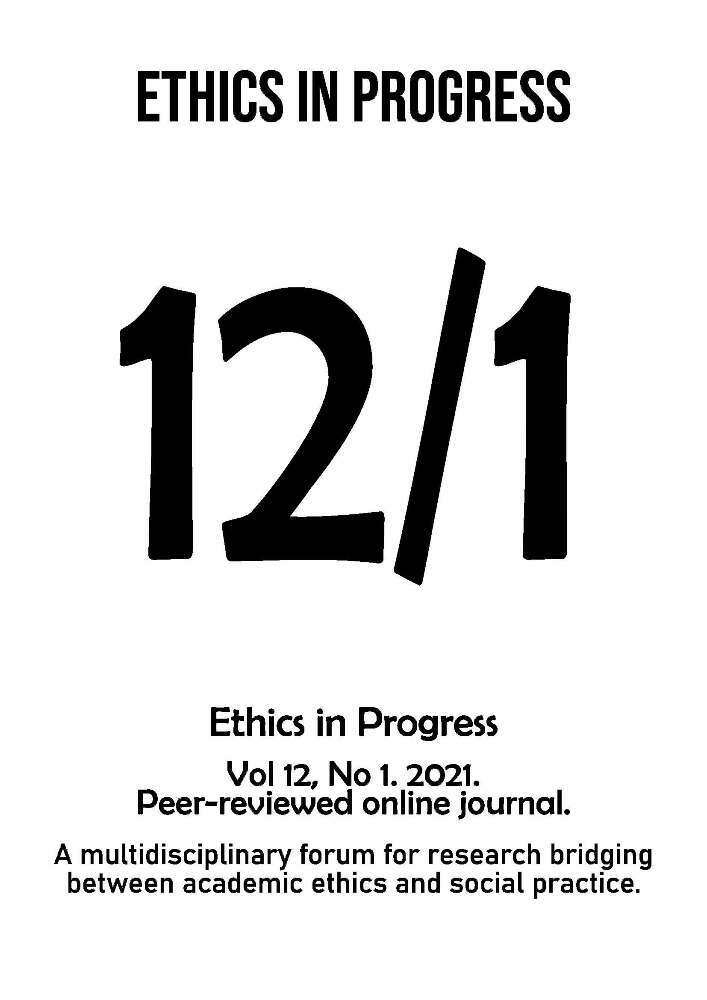Abstract
Moral Competence, defined as the ability to solve conflicts on the basis of shared moral principles through cooperation rather than through violence, deceit and power, has received little attention among different psychological approaches; despite its importance in predicting many of our social interactions. The purpose of this study was to investigate the effect of moral competence on online conformity behavior. 217 students from universities in Teheran were selected for a quasi-experimental study. First, participants’ moral competence was measured with the online Moral Competence Test (MCT) by G. Lind (1978/2019). Then the subjects participated in an online version of an Asch type experiment in which conformity was induced. The results showed a clear conformity behavior in the use of the internet. An average of 32.09% of participants conformed to each critical question. When compared to Asch`s line judgment task, the mean conformity in this experiment was lower, but still significant enough to indicate conformity behavior (36.8% compared with 7.4%), which might stem from the online situation, in which some other variables like the deindividuation effect might influence this difference. The results also indicated that there was a weak but negative correlation between moral competence and conformity behavior. The results confirm our hypothesis weakly; subjects with higher moral competence tended to show lower conformity. If the results could be replicated, it would imply that conformity is not a general and stable trait of people, as Asch assumed, but depends on people’s level of moral competence, which can be fostered through education.
References
Asch S. E. 1955. “Opinions and Social Pressure,” Scientific American 193(5):31–35.
Asch S. E. 1956. “Studies of Independence and Conformity. A Minority of One Against a Unanimous Majority,” Psychological Monographs 70(9) (whole No. 416):1–70.
Asch S. E. 1958. “Effects of Group Pressure upon the Modification and Distortion of Judgements,” in E. E. Maccoby, T. M. Newcomb, & E. L. Hartley (Eds.), Readings in Social Psychology (pp. 174–183) New York: Holt, Rinehart, and Winston.
Baumeister R. F. 1982. “A Self-presentational View of Social Phenomena,” Psychological Bulletin 91(1):3–26.
Bond R. & Smith P. B. 1996. “Culture and Conformity: A Meta-analysis of Studies Using Asch’s Line Judgment Task,” Psychological Bulletin 119:111–137.
Chen Y., Harper F. M., Konstan J., & Li S. X. 2010. „Social Comparisons and Contributions to Online Communities: A Field Experiment on Movie Lens,” American Economic Review 100:1358–1398.
Cinnirella M. & Green B. 2007. “Does ‘Cyber-conformity’ Vary Cross-culturally? Exploring the Effect of Culture and Communication Medium on Social Conformity,” Computers in Human Behavior 23:2011–2025.
Deutsch M. & Gerard H. 1955. “A Study of Normative and Informational Social Influences upon Individual Judgement,” Journal of Abnormal and Social Psychology 51:629–636.
Goeree J. K. & Yariv L. 2015. “Conformity in the Lab,” Journal of the Economic Science Association 1(1):15–28.
Janes L. M. & Olson J. M. 2000. “Jeer Pressure: The Behavioral Effects of Observing Ridicule of Others,” Personality and Social Psychology Bulletin 26(4):474–485.
Kim J. & Park H. S. 2011. „The Effect of Uniform Virtual Appearance on Conformity Intention: Social Identity Model of Deindividuation Effects and Optimal Distinctiveness Theory,” Computers in Human Behavior 27:1223–1230.
Kohlberg L. & Candee D. 1984. “The Relationship of Moral Judgment to Moral Action,” in W. M. Kurtines & J. L. Gewirtz (Eds.), Morality, Moral Behavior, and Moral Development (pp. 52–73). New York, NY: Wiley.
Lind G. 1978. „Wie misst man moralisches Urteil? Probleme und alternative Möglichkeiten der Messung eines komplexen Konstrukts“ [How does one measure moral judgment? Problems and alternative ways of measuring a complex construct], in G. Portele (Ed.), Sozialisation und Moral (pp. 171–201). Weinheim: Beltz.
Lind G. 1989. “Measuring Moral Judgment: A Review of ‘The Measurement of Moral Judgment’ by Anne Colby and Lawrence Kohlberg,“ Human Development 32(6):388–397.
Lind G. 2000 (Orig. 1984). Content and Structure of Moral Judgment (2nd Corrected Edition). Doctoral Dissertation, University of Konstanz.
Lind G. 2016. How to Teach Morality: Promoting Deliberation and Discussion Reducing Violence and Deceit. Berlin: Logos Verlag GmbH.
Milgram S. 1963. “Behavioral Study of Obedience,” The Journal of Abnormal and Social Psychology 67(4):371–378.
Rosander M. & Eriksson O. 2012. “Conformity on the Internet – The Role of Task Difficulty and Gender Differences,” Computers in Human Behavior 28(5):1587–1595.
Saeidi-Parvaneh S. 2011. Moral, Bildung und Religion im Iran: Zur Bedeutung universitärer Bildung für die Entwicklung moralischer Urteils-und Diskursfähigkeit in einem religiös geprägten Land (Doctoral Dissertation, University of Konstanz).
Stang D. J. 1976. “Ineffective Deception in Conformity Research: Some Causes and Consequences,” European Journal of Social Psychology 6:353–367.
Zimbardo P. 2007. The Lucifer Effect: Understanding How Good People Turn Evil. New York: Random House.





